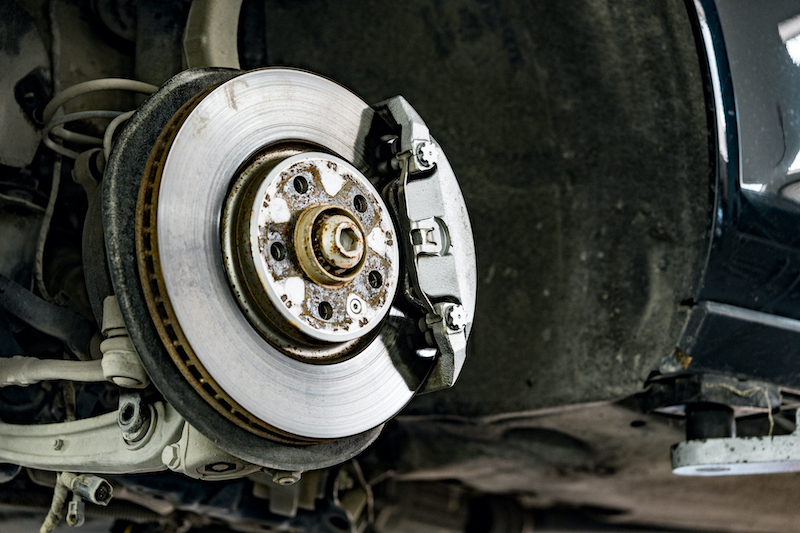Electric Car Charging at Home: A Guide for EV Owners
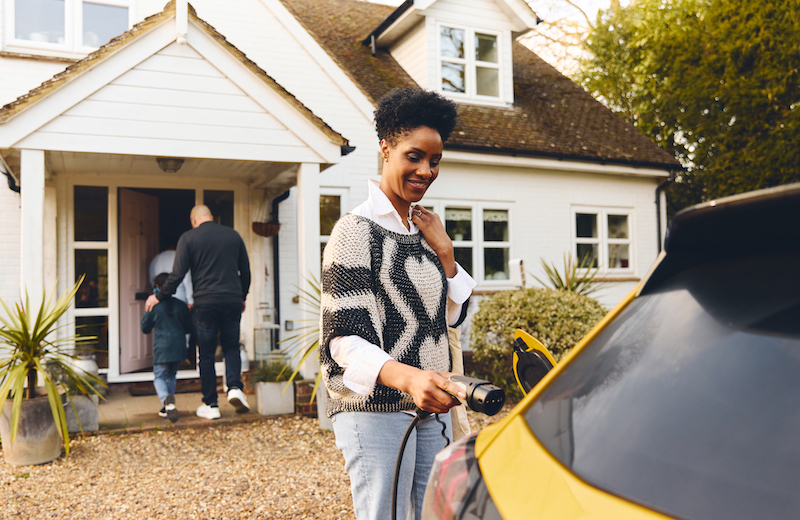
As the world shifts towards sustainable transport options, more drivers are making the switch to electric vehicles. This shift comes as a result of EVs being a more eco-friendly and cost-effective alternative to traditional petrol and diesel cars.
One of the greatest conveniences of owning an EV is the ability to charge it at home. This gives you a hassle-free and accessible way to keep your car powered up.
In this blog, we’ll explain everything you need to know about car charging at home. From understanding different charging options and equipment to optimising EV charging times and efficiency, we’ll cover it all.
Whether you’re a new EV owner looking to set up a home charging station or an electric car enthusiast hoping to improve your charging setup, this guide is designed to give you the knowledge and resources necessary to make the most of your electric driving experience.
Let’s dive in!
Understanding the Basics and Types of Chargers

Before you start setting up your home EV charging station, it’s important to understand the basics. Get to know the different types of EV chargers out there—like Level 1, Level 2, and DC fast chargers. Each one comes with its own charging speeds and works differently with your car.
Level 1 chargers are pretty basic and use regular household outlets. They charge your car slowly, but they’re convenient for recharging overnight. Level 2 chargers, on the other hand, fuel your car faster, but they usually need an electrician to install them. Finally, if you’re always on the move, DC fast chargers are your go-to. These are the chargers often found at public charging stations and can give you a battery boost in just a few minutes.
Understanding these different charger types will help you pick the best setup for your home and ensure that your EV charging is as easy and efficient as possible.
Setting Up a Home Charging Station
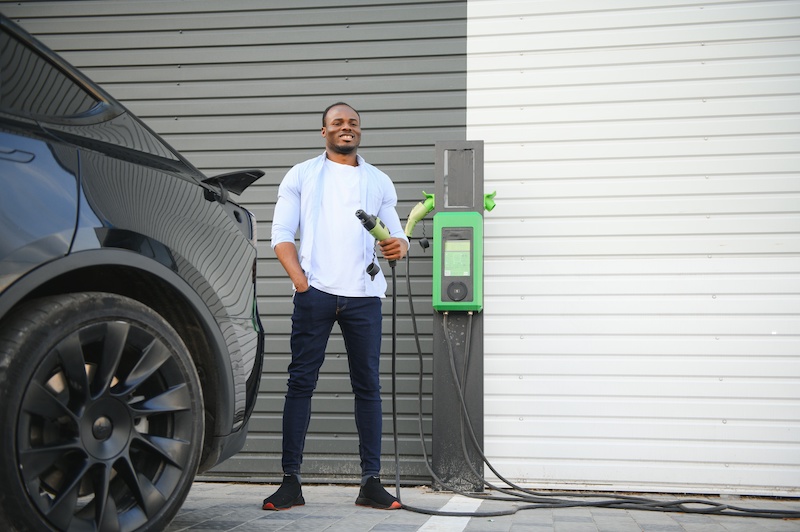
Creating a dedicated home charging station is a game-changer for EV owners. Choose the right charging equipment based on your vehicle’s specifications and your charging needs. You’ll need to consider factors like its charging speed, connectivity options, and smart features for added convenience.
Once you’ve got the gear, choose the best location for your charging station. It’ll need to be easily accessible and in compliance with local building regulations. If you’re installing a Level 2 charger, you’ll need the help of a qualified electrician to handle the wiring and ensure it’s safe for use.
Finally, you can personalise the charging station with features like cable organisers and charging timers to make your charging routine smoother and more efficient. With a well-planned home charging setup, you’ll enjoy the convenience of powering up your EV right from your doorstep.
Budgeting for Home Charging
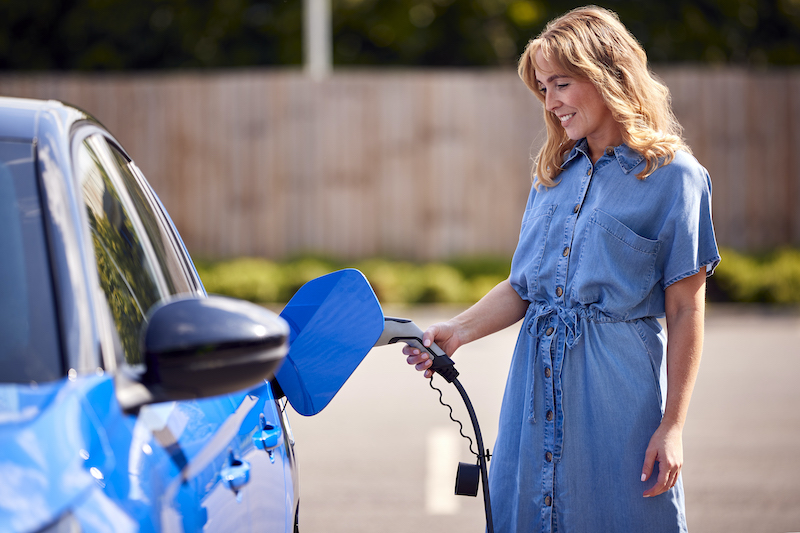
While switching to an EV can help you save money on fuel costs in the long run, setting up a home charging station will still require you to pay some cash upfront. Do your homework on how much the charging gear costs, what you’ll need to pay for installation, and any electrical work you might need. Then, find out if there are any incentives, or tax rebates available that can help cover these costs.
Next, don’t forget to factor in your electricity rates and figure out how much it’ll cost you to charge up each month based on your driving habits. You could also look into financing options or leasing programmes for the charging gear to help spread out the cost over time.
By budgeting carefully for car charging at home, you’ll be able to make better choices and transition to electric driving smoothly, all while saving money in the long haul.
Optimising Charging Time and Costs
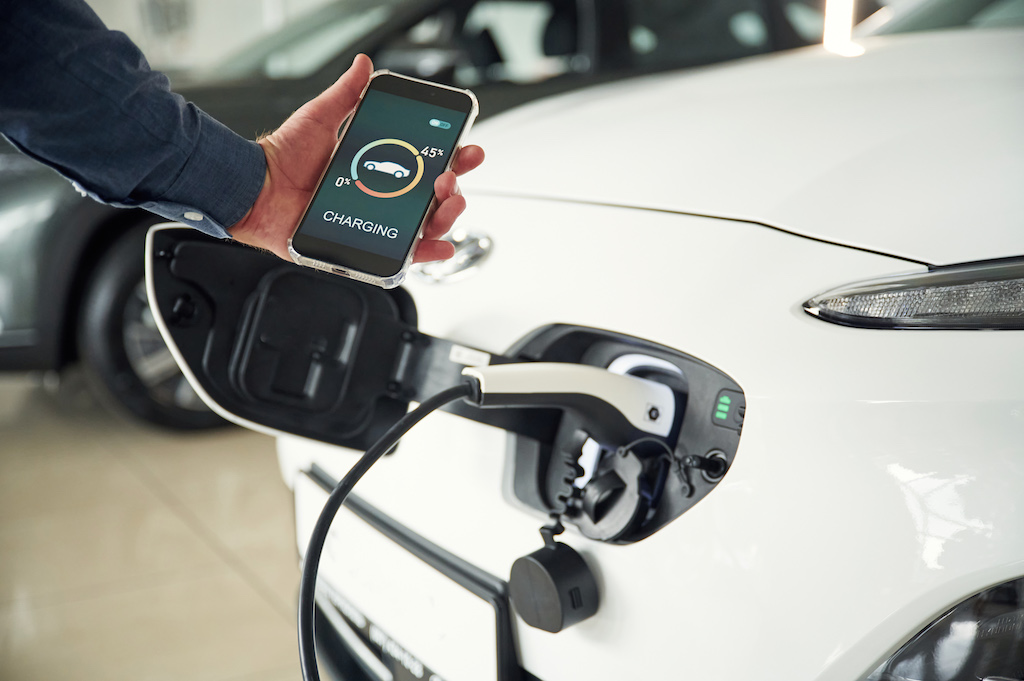
For efficient and affordable car charging at home, you’ll need to strategically plan your charging sessions. We recommend taking advantage of the off-peak electricity rates offered by many utility providers to get cheaper charging costs. Try to use the charging features on your EV or charging station to schedule charging during these low-rate periods.
You could also invest in smart charging technology that allows you to remotely monitor and control your charging sessions. This will help ensure that you’re using energy wisely and saving money.
Additionally, try to maintain a consistent charging routine to avoid unnecessary peak-hour charges and ensure that your vehicle is always ready for your next drive. With careful planning and optimisation, you can reduce expenses while enjoying the convenience of home charging.
Maintenance and Safety Tips for Home Chargers
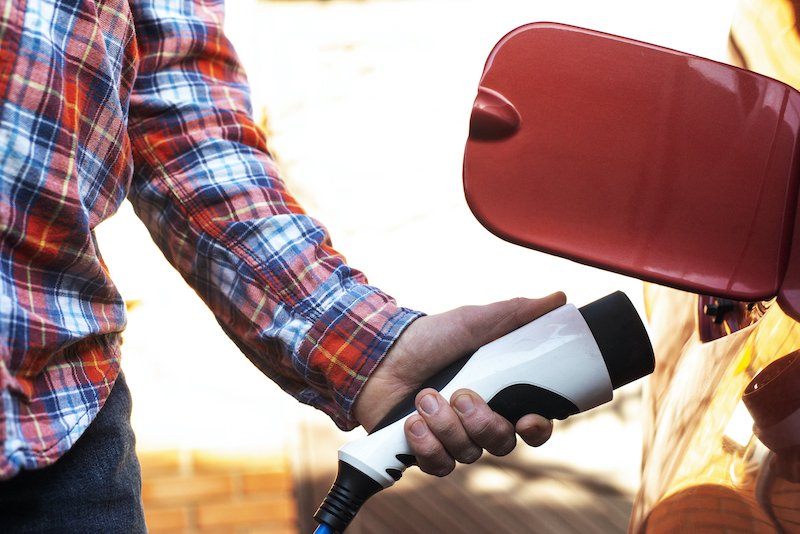
Keeping your home charging station in good condition is the key to ensuring that it lasts and stays safe. As often as possible, give your charging cables and connectors a once-over to check for any wear and tear. If you spot any damage, swap them out or get them checked immediately to avoid any electrical hazards.
Keep the area around your charging station clear of clutter to avoid tripping and keep your gear safe from harm. It’s also a good idea to get surge protection gear to shield your setup from power spikes and voltage fluctuations.
Stick to the manufacturer’s instructions for cleaning and upkeep, and bring in the experts for a checkup if you need one. By making maintenance and safety a priority, you can keep your home charging station working smoothly and charge up your EV at home with peace of mind.
To Keep Your EV Performing Efficiently, Choose Online Automotive’s Car Parts
Need charging equipment or other essential car parts for your EV? We’ve got you covered!
At Online Automotive, we offer a comprehensive selection of high-quality replacement parts, carefully curated to meet your car repair needs. Our competitive prices also ensure that you get the best value for your money.
With expert product descriptions and responsive customer support, we strive to make your shopping experience seamless. Trust us to be your reliable partner in the world of DIY car repairs, ensuring that all your journeys are convenient and hassle-free.
Explore our range of products and get in touch with us today!



